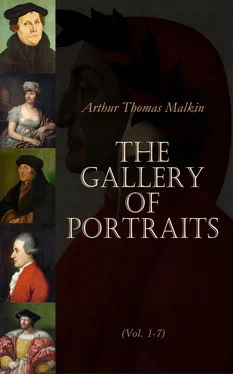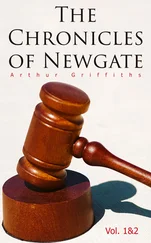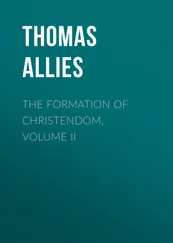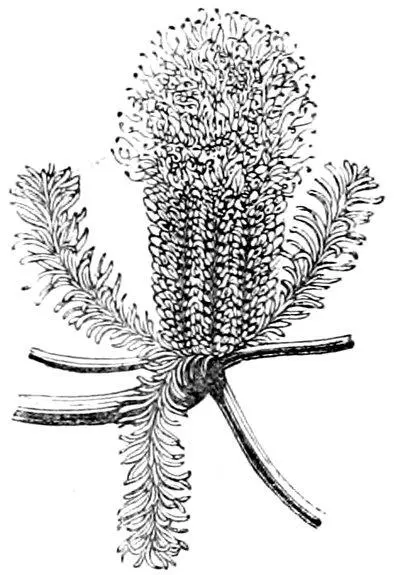
Banksia ericifolia.
END OF VOL. I.
Table of Contents Table of Contents Volume 1 Volume 1 Table of Contents Volume 2 Volume 2 Table of Contents Volume 3 Volume 4 Volume 5 Volume 6 Volume 7
SOMERS.
SMEATON.
BUFFON.
MORE.
LAPLACE.
HANDEL.
PASCAL.
ERASMUS.
TITIAN.
LUTHER.
RODNEY.
LAGRANGE.
VOLTAIRE.
RUBENS.
RICHELIEU.
WOLLASTON.
BOCCACCIO.
CLAUDE.
NELSON.
CUVIER.
RAY.
COOK.
TURGOT.
PETER the GREAT.
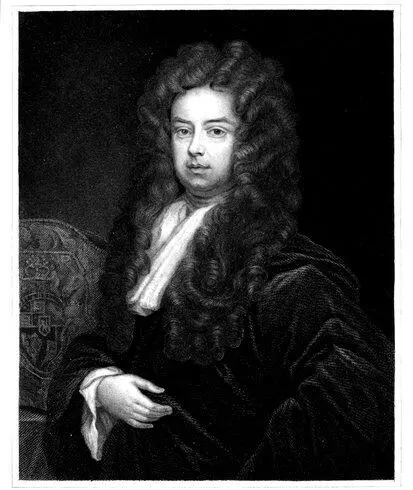
Engraved by T. A. Dean. LORD CHANCELLOR SOMERS. From a Picture by Sir G. Kneller, in the possession of the Royal Society. Under the Superintendence of the Society for the Diffusion of Useful Knowledge. London, Published by Charles Knight, Pall Mall East.
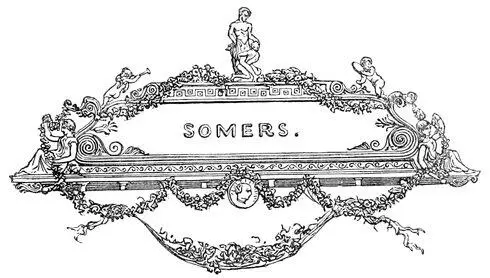
Table of Contents
John Somers was born at Worcester, in an ancient house called the White Ladies, which, as its name seems to import, had formerly been part of a monastery or convent. The exact date of his birth cannot be ascertained, as the parish registers at Worcester, during the civil wars between Charles I. and his Parliament, were either wholly lost, or so inaccurately kept as not to furnish any authentic information. It appears probable, however, from several concurring accounts, that he was born about the year 1650. The family of Somers was respectable, though not wealthy, and had for several generations been possessed of an estate at Clifton, in the parish of Severnstoke, in Gloucestershire. Admiral Sir George Somers, who in the reign of James I. was shipwrecked on the Bermudas, and afterwards died there, leaving his name to that cluster of islands, is said by Horace Walpole, in his ‘Catalogue of Royal and Noble Authors,’ to have been a member of the same family. The father of Somers was an attorney, in respectable practice at Worcester; who, in the civil wars, became a zealous Parliamentarian, and commanded a troop in Cromwell’s army.
Of the early education of Somers, we have only a meagre and unsatisfactory account. The house called the White Ladies, in which he was born, was occupied by a Mr. Blurton, an eminent clothier of Worcester, who had married his father’s sister. This lady, having no son of her own, adopted Somers from his birth, and brought him up in her house, which he always considered as his home till he went to the university. He appears for some years to have been a day-scholar in the college-school at Worcester, which before his time had attained a high character for classical education, under the superintendence of Dr. Bright, a clergyman of great learning and eminence. At a subsequent period, we find him at a private school at Walsall in Staffordshire: he is described by a school-fellow as being then “a weakly boy, wearing a black cap, and never so much as looking out when the other boys were at play.” He seems indeed to have been a remarkably reserved and “sober-blooded” boy. At a somewhat later period Sir F. Winnington says of him, that “by the exactness of his knowledge and behaviour, he discouraged his father and all the young men that knew him. They were afraid to be in his company.” In what manner his time was occupied from the period of his leaving school until he went to the university, is unknown. It has been suggested that he was employed for several years in his father’s office, who designed him for his own department of the profession of the law. There is no positive evidence of this circumstance, though the conjecture is by no means improbable. It cannot, however, be doubted that, during this period, he devoted much of his time to the study of history and the civil law, and laid in a portion of that abundant store of constitutional learning which afterwards rendered him the ornament of his profession, and of the age in which he lived. About this time also he formed several connexions, which had great influence upon his subsequent success in life. The estates of the Earl of Shrewsbury were managed by Somers’s father; and as that young nobleman had no convenient residence of his own in Worcestershire, he spent much of his time at the White Ladies, and formed an intimate friendship and familiarity with young Somers. In 1672 he was also fortunate enough to be favourably noticed by Sir Francis Winnington, then a distinguished practitioner at the English bar, who was under obligations to his father for his active services in promoting his election as a Member of Parliament for the city of Worcester. Winnington is described by Burnet as a lawyer who had “risen from small beginnings, and from as small a proportion of learning in his profession, in which he was rather bold and ready, than able.” It is natural to suppose that such a man, feeling his own deficiencies, would readily perceive with what advantage he might employ the talents and industry of Somers in assisting him both in Westminster Hall and in Parliament. It was probably with this intention that Winnington advised him to go to the university, and to prosecute his studies with a view to being called to the bar.
In 1674 Somers was entered as a Commoner of Trinity College, Oxford, being then about three and twenty years of age. The particulars of his progress through the university are not recorded; but here, as at school, his contemporaries could perceive few indications of those splendid talents which afterwards raised him to such extraordinary eminence. His college exercises, some of which are still extant, are said to have been in no respect remarkable; and he quitted the university without acquiring any academical honours beyond his Bachelor’s degree. Mr. Somers was called to the bar in 1676, by the Society of the Middle Temple; but he continued his residence at the university for several years afterwards, and did not remove to London until the year after his father’s death, in 1681, upon which event he succeeded to his paternal estate at Severnstoke. During his residence at Oxford he had the advantage of being introduced by the Earl of Shrewsbury and Sir F. Winnington to many of the patriotic opponents of the arbitrary measures of the Court. At this time he published several tracts, which sufficiently displayed to the world his familiar and accurate knowledge of constitutional history. His first acknowledged work was the Report of an Election Case, and is entitled ‘The Memorable Case of Denzil Onslow, Esq., tried at the Assizes in Surrey, July 20, 1681, touching his election at Haslemere in Surrey.’ His next performance was ‘A Brief History of the Succession, collected out of the Records and the most authentic Historians.’ This work was written at the time when the proposal to bring in a Bill to exclude the Duke of York from the succession occupied universal attention, and excited the most intense interest. The object of Mr. Somers’s tract was to exhibit the principles upon which the Parliament of England has authority to alter, restrain, and qualify the right of succession to the Crown; and he places the historical arguments in support of this proposition in a forcible and convincing light. Indeed, though it might be difficult to justify such a proposition by abstract arguments upon what is called the theory of the British Constitution, it has been so repeatedly acted upon in several periods of our history, that even in the time of Charles II. the practice had, as Somers justly contended, to all intents and purposes established and sanctioned the principle. An excellent tract upon the same subject, entitled ‘A just and modest Vindication of the two last Parliaments,’ which appeared shortly after the breaking up of the Oxford Parliament in March, 1681, has been partly ascribed to Somers. Burnet says that this tract, which he characterizes as “the best writ paper in all that time,” was at first penned by Algernon Sidney, but that a new draught was made by Somers, which was corrected by Sir William Jones. Upon occasion of the attempt of the Court party in 1681, by the illegal examination of witnesses under the direction of the King’s Counsel in open court, to induce a grand jury at the Old Bailey to find a true bill for high treason against the Earl of Shaftsbury, Mr. Somers wrote his celebrated tract entitled ‘The Security of Englishmen’s Lives, or the Trust, Power, and Duty of the Grand Juries of England explained.’ Of this work, Bishop Burnet says, “It passed as writ by Lord Essex, though I understood afterwards it was writ by Somers, who was much esteemed, and often visited by Lord Essex, and who trusted himself to him, and writ the best papers that came out in that time.” In later times, this work has been universally ascribed to Somers. During his residence at Oxford, Somers was not inattentive to polite literature; he published a translation of some of Ovid’s Epistles into English verse, which at the same time that it shows that he could never have borne so distinguished a rank as a poet, as he afterwards attained as a lawyer and statesman, is by no means a contemptible performance. His translations from Ovid, and a version of Plutarch’s Life of Alcibiades, are the only published proofs of his classical studies at Oxford.
Читать дальше
